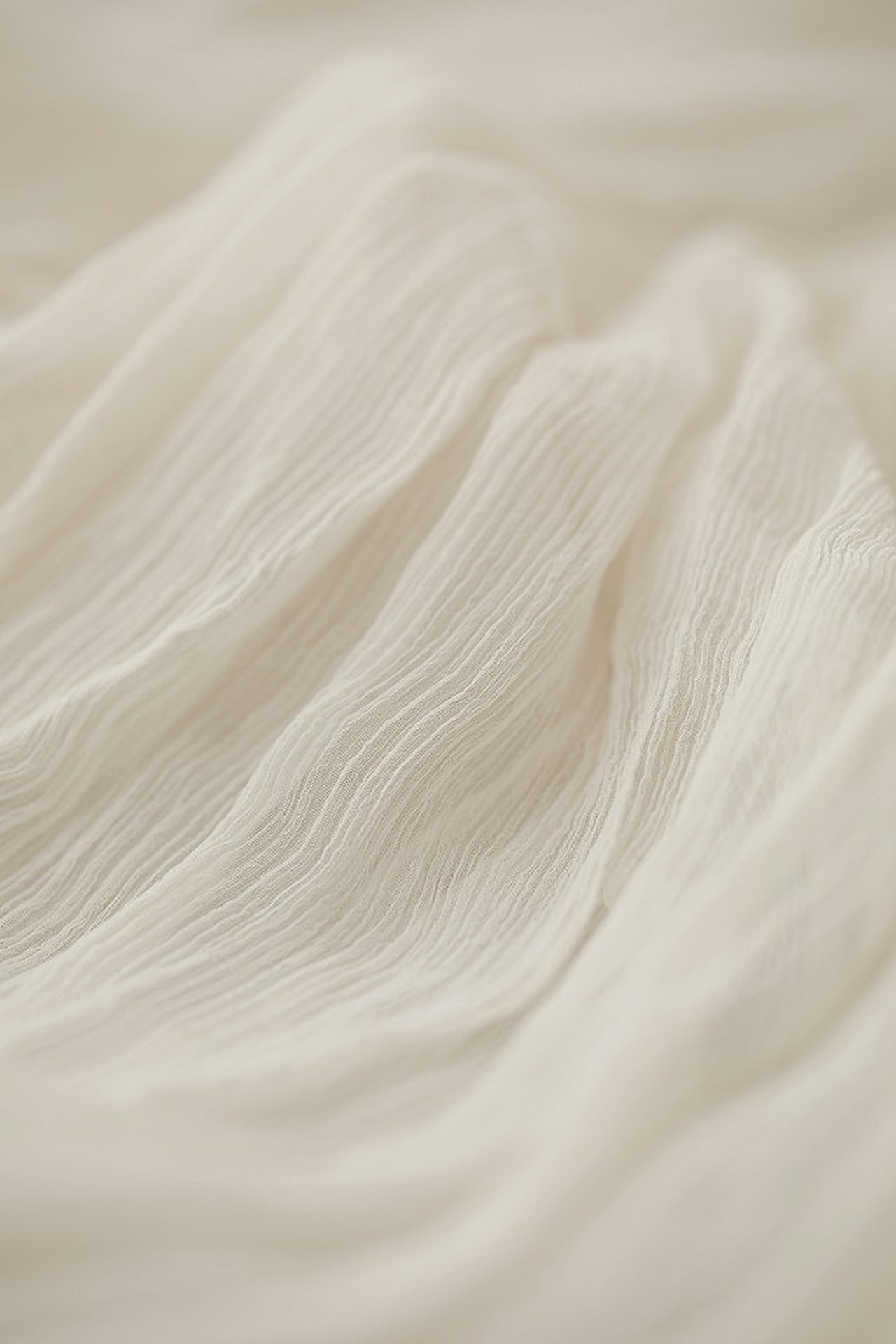
Acne Scar Treatment
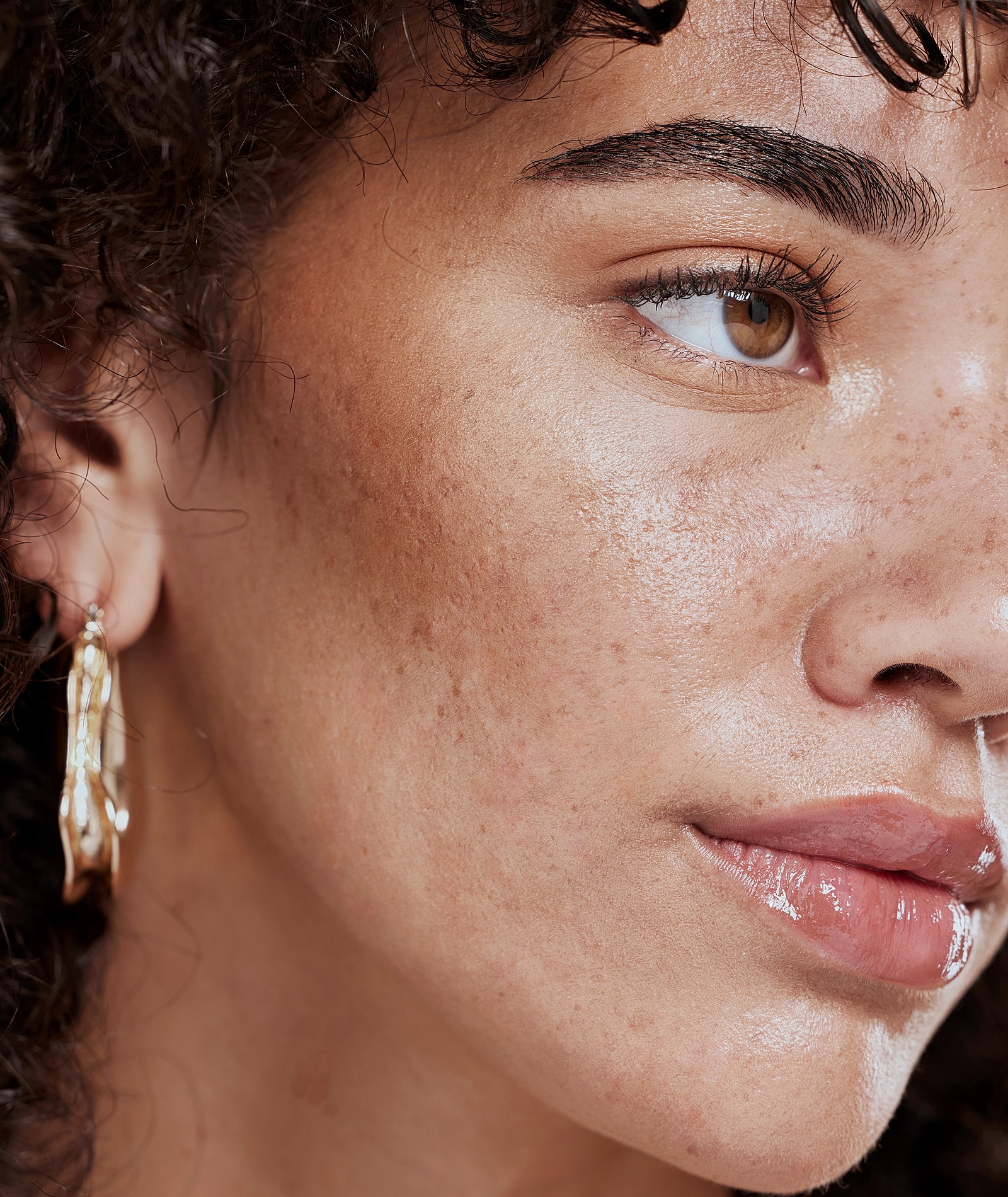









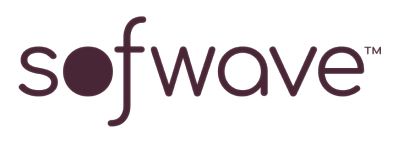










Acne scars can be just as frustrating as the breakouts that caused them. They often resist over-the-counter products, don’t fade with time, and affect the overall texture, tone, and clarity of your skin. At Little Laser Clinic in Long Island City, we take a clinical and personalized approach to acne scar revision. Your scars aren’t just treated - they’re studied, mapped, and matched to the most effective combination of treatments for your skin.
Christine Chen, PA-C, has over a decade of dermatology and aesthetics experience. She specializes in skin of color and complex scar patterns, using techniques like TCA Cross, subcision, microneedling, RF microneedling (RFMN), CO2 laser, non-ablative laser, and steroid/5-FU injections to support true collagen remodeling. Each plan is built from the ground up, using tools selected for your skin type and scar pattern.

Combination therapy designed for your unique scar types

include microneedling, RF microneedling, subcision, and more

Long-term collagen remodeling with gradual, natural-looking results

Typically minimal downtime, depending on treatment method
Acne scar treatment isn’t a one-size-fits-all fix - it’s a layered, clinical approach to skin repair. At Little Laser Clinic, we assess each scar type (rolling, ice pick, boxcar, hypertrophic, or pigmentation-related) and choose the most appropriate methods to stimulate healing at the correct depth.
Each method can be used alone or in combination, depending on the treatment area, skin sensitivity, and desired downtime.
Treatments may include:

High-concentration trichloroacetic acid applied directly into ice pick or narrow boxcar scars to stimulate deep collagen regeneration.

A technique where a tiny needle releases tethered scar tissue under the skin to allow the surface to lift and smooth out.

Controlled micro-injuries stimulate collagen production and improve surface texture.

Adds radiofrequency energy to microneedling to heat deeper tissue layers, ideal for more stubborn or deeper scars.

Ablative treatment that removes damaged surface skin while stimulating collagen remodeling at depth - especially effective for pitted scars.

A gentler approach for improving texture and tone with minimal downtime, often used on darker skin tones or in combination with other therapies.

Used to flatten and soften thick, raised, or hypertrophic acne scars. These injections are especially useful when inflammation or fibrosis is present.
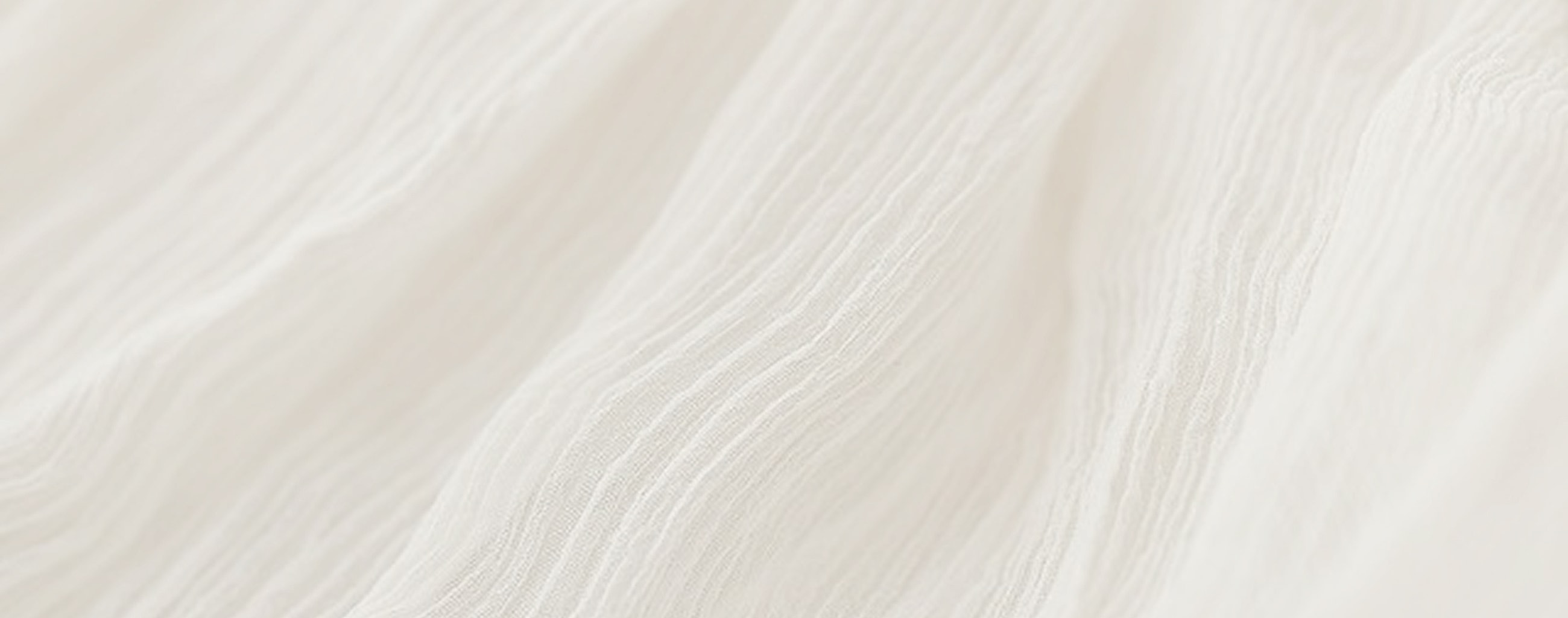
After a thorough skin evaluation, Christine will outline a personalized step-by-step plan tailored to your scars, skin tone, and goals. Sessions are spaced strategically to allow the skin to recover and rebuild in between treatments.
Most appointments begin with the application of numbing cream to ensure patient comfort. Subcision, TCA Cross, or injections are performed using fine needles or applicators and are typically completed within 30 minutes. Laser sessions and RF microneedling may take longer, especially if multiple areas are being treated. Christine always uses conservative settings that balance effectiveness with safety - particularly for patients prone to post-inflammatory hyperpigmentation.


Whether your scars are deep, shallow, discolored, or raised, there’s a targeted solution available. Christine will determine the best course of action for your skin.
Our acne scar treatments are equipped to manage a wide range of scarring types and post-acne concerns:
Treating acne scars can dramatically improve your skin’s appearance and resilience. It can also make everyday routines (like applying sunscreen or makeup) feel smoother, easier, and more consistent. Most importantly, the psychological benefit of feeling more confident in your bare skin can be just as meaningful as the visible changes it brings.
Benefits include:
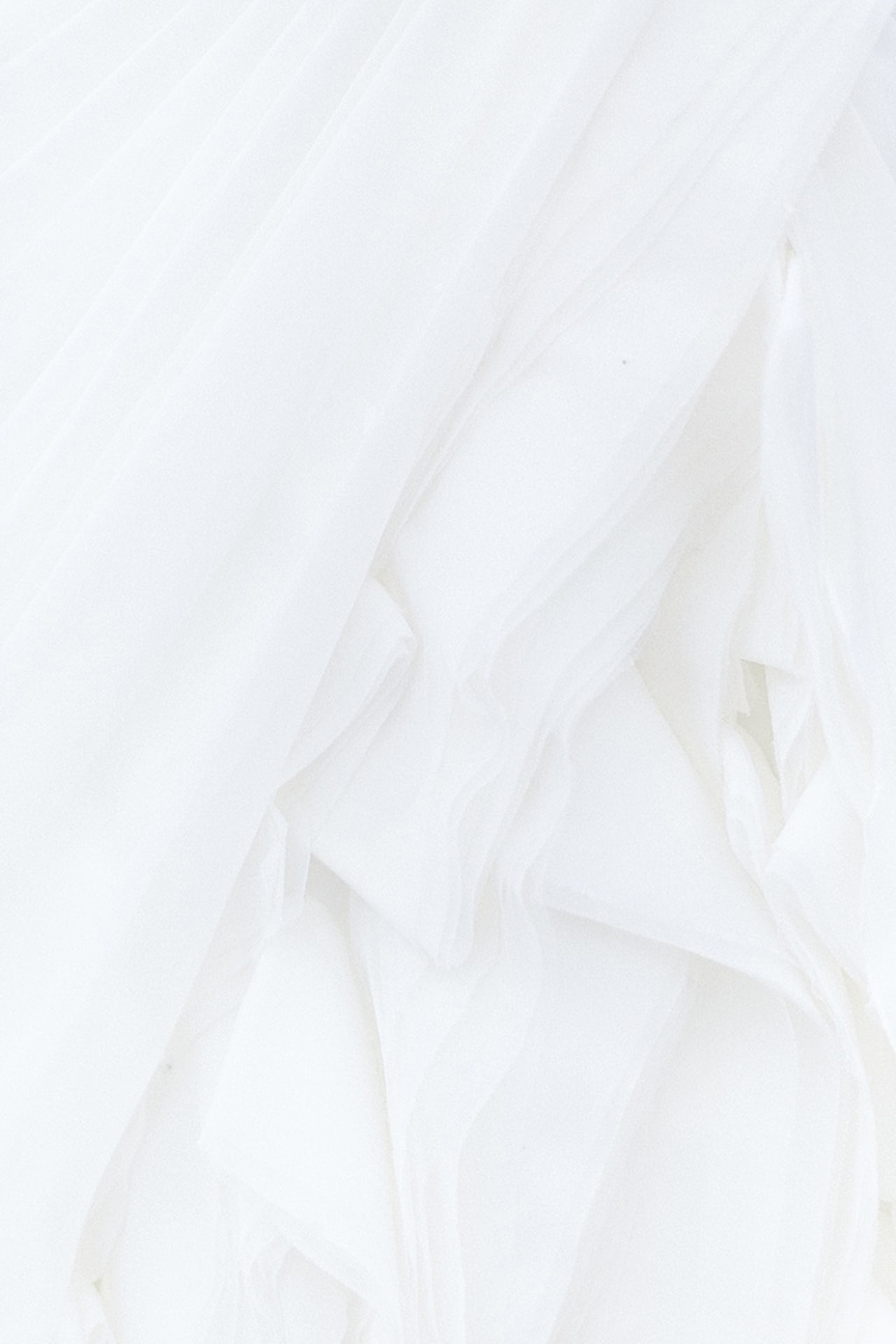
You may be a candidate for acne scar treatment if you’ve had clear skin for at least several months but still see visible marks, dents, or pigment from old breakouts. This includes men and women of all ages and skin types, including those with darker skin tones or a history of hyperpigmentation.
Some treatments, such as TCA Cross or CO2 laser, require more healing time. We’ll adjust accordingly based on your downtime preferences, event schedule, and previous skin response. Active breakouts should be well-controlled before beginning scar revision. If acne persists, Christine can help address it first as part of a comprehensive treatment plan. To find out if you'd make a good candidate for acne scar treatment Long Island City skin rejuvenation expert, Christine Chen, can address that and answer any other questions you have during an initial consultation.

Recovery varies based on the technique used:
Aftercare instructions will be tailored to your skin, with recommendations on avoiding sun exposure, hydrating the skin, and applying soothing topicals. Christine will guide you through each phase to ensure proper skin healing and optimized results.

Improvements are often visible within 4–6 weeks after each session, with more significant changes unfolding over several months as new collagen forms. Scar softening, smoother skin texture, and improved tone are all gradual yet long-lasting effects.
The recommended number of sessions depends on the severity of your scars and your skin’s response to treatment. Most clients require a series of 3-6 sessions, spaced 4-6 weeks apart, for optimal results. Maintenance treatments may be necessary yearly, especially if you’re prone to ongoing skin texture issues or pigmentation concerns.
Acne scar revision requires more than just the right device - it requires the right hands. Christine Chen, PA-C, has advanced training in both dermatology and aesthetics, equipping her with the knowledge to assess, treat, and restore your skin with precision. Her comfort with advanced tools, such as TCA Cross, CO2 lasers, and RF microneedling, paired with her personalized touch, ensures that your results reflect the care behind them.
At Little Laser Clinic, we go far beyond surface-level fixes. We meet your skin where it is and give it what it needs to heal deeply, safely, and beautifully.
RF microneedling adds heat (radiofrequency energy) to stimulate deeper layers of skin and boost collagen more intensely. It’s excellent for deeper scars and promotes firmer skin over time.
TCA Cross involves applying high-strength acid into deep, narrow scars to stimulate healing. It’s safe and effective when performed by a skilled provider, especially for ice pick scars.
Subcision releases fibrous scar bands under the skin to help “lift” sunken areas. It’s often combined with PRF or filler for enhanced support and smoother results.
Ablative lasers (like CO2) work by removing the outer layers of skin, making them ideal for deeper scars. Non-ablative lasers heat the skin’s deeper tissue without removing the surface, making them ideal for addressing texture and pigment issues with less downtime.
We recommend treating active acne first. Christine can help with prescription or procedural acne management before starting scar revision treatments.
Yes. We adjust our techniques and device settings for various treatments, specifically tailored to the skin of color, to prevent pigmentation issues and ensure safe, effective results. Your skin’s health and safety are always our top priority.
Once treated, old scars don’t “come back,” but new ones can form if acne returns. That’s why breakout control is a crucial component of our comprehensive plan.
We use numbing agents before treatment, and most procedures are well tolerated. Deeper treatments may cause more sensitivity, but discomfort is minimal and temporary.
Expect 5–7 days of visible healing (redness, crusting, peeling). Christine will give you post-care instructions to support safe healing and remain available to answer questions at any time.
Yes. These injections help shrink thickened, raised scars by reducing inflammation and fibrotic tissue, especially when scars are hypertrophic.